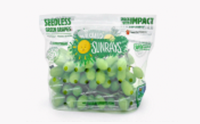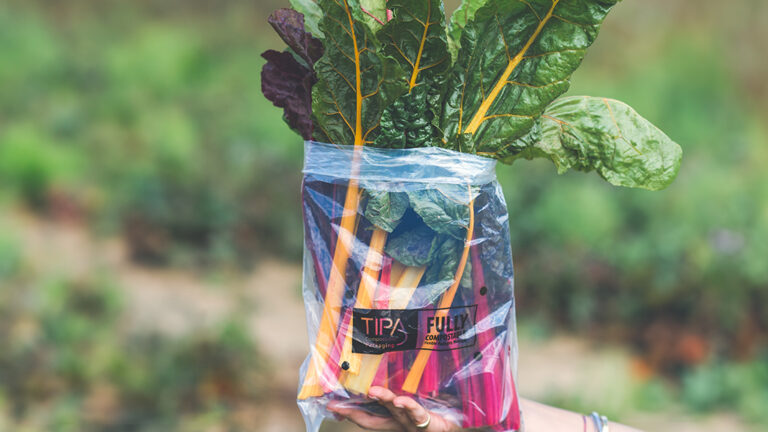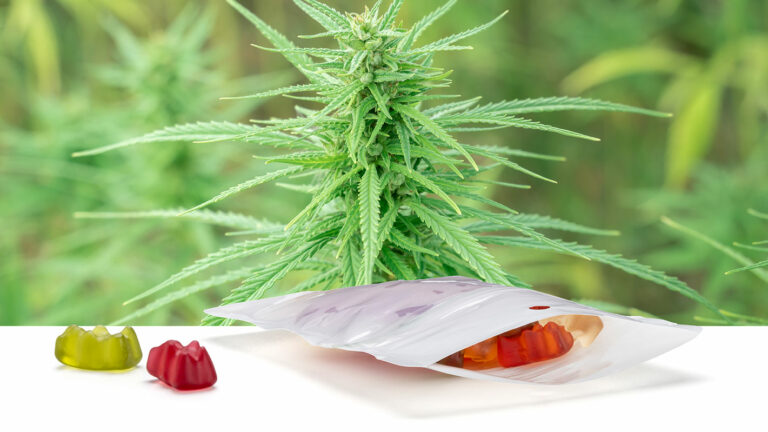Fast fashion has become an integral part of consumers’ experience as an easy and fun way to stay trendy without spending a fortune. While fast fashion’s origins began in the 1960s, it has gained momentum at the turn of the 21st century. With time, it has become increasingly admirable to combine trendy low-cost fashion with high fashion items.
Today, the concept of fast fashion is challenged by educated consumers and environmentalists worldwide, calling for its replacement with sustainable fashion, eco fashion, slow fashion or ethical fashion. And what is about fast fashions environmental impact? Can fashion ever be 100% sustainable?
Fast Fashion: I Want it Now and I Want it Cheap
The term “Fast Fashion” refers to inexpensive clothing that is replicated and is quickly available to consumers, in line with the latest fashion trends seen on the catwalk. The garments are often of poor construction and of low quality since they are intended to be worn only a few times and disposed of, being replaced by new upcoming trendy items.
To keep up with the latest trends and the growing appetite of consumers, fast fashion has long shifted from presenting only 4 seasonal collections. Fast fashion giants like ZARA introduce more than 20 different collections a year, and from design to sale timeframe is roughly 5 weeks. New players in the ultra fast fashion such as ASOS and Misguided, bring new products from the design table to the sales rack in as little as a week or two, creating as many as 1000 new items a month.
Consumers do not want to pay a lot for trendy clothes that will quickly fall out of fashion and be discarded. Whilst the fashion industry is working around the clock to deliver the latest catwalk trends for as cheap as possible, looking at quantity rather than quality. Naturally, there are hidden environmental costs.
The fashion industry is the third-largest manufacturing sector after the automotive and technology industries, and is responsible for 10% of the annual global carbon emissions. The most common fabric in the clothing industry is the oil-based polyester. Being durable, lightweight, and inexpensive, it has more than double the carbon footprint of cotton, and may take hundreds of years to decompose.
The fashion industry is also wasteful when considering its water consumption. Annually, it uses 93 billion cubic meters of water – enough to meet the needs of five million people. Furthermore, around 20% of global wastewater comes from the treatment of fabrics and its dyeing process.
To satisfy the growing demand of the new trends, the designers and producers of the fast fashion brands are often underpaid yet overworked, having to meet tight deadlines over a short timespan. There are cases indicating fast fashion workers work gruesome 14 to 16 hours a day, 7 days a week, in unsafe and unhealthy conditions.
Not only is the production process unsustainable, but so is the fast fashion’s end-of-life. Less than 1% of used clothing is recycled into new garments, whereas most are being incinerated or end up in landfills, heavily polluting the environment and contributing to climate change. Similarly, only a small fraction of plastics coming from the fashion’s packaging gets recycled (4% in the UK), with the rest being incinerated or buried in landfills for hundreds of years.
Sustainability in the Fashion Industry
Sustainable fashion can be defined as clothing that is ethically made and environmentally friendly, whereas fast fashion is considered to be the exact opposite in terms of sustainability. Fashion experts claim that “there is no such thing as being 100% sustainable with fashion” due to its toll on the environment.
Can fashion and sustainability ever walk hand in hand? We may find the answer by looking at the increasing number of fashion brands who have carved a unique niche for themselves, combining elements of fast fashion alongside environmental awareness, with a strong sustainability ethos.

Stella McCartney considered to be a sustainability veteran in the fashion scene, with her UK ethical luxury brand being launched in 2001. The designer immediately took a stance against animal and environmental exploitation and refused to use fur, feathers, and leather in her collections.
Soon, Stella McCartney switched to organic cotton and started packing her products in sustainable packaging, such as TIPA’s compostable pouches.
The brand recently introduced biodegradable stretch denim and mushroom leather amongst its innovative materials.
Stella McCartney also set targets for greenhouse gas emissions, water reduction and hazardous chemicals elimination as part of the broader goal to “reimagine the fashion industry as we know it and move to a new circular economy”.
Sustainable fashion designer Gabriela Hearst believes that “Happy people make happy clothes”. In 2015, when her eponymous brand was created, she established a partnership with Manos del Uruguay, a non-profit cooperative that employs and empowers hundreds of rural woman in Gabriela’s home country of Uruguay. Each of Manos’ hand-made items features the name of the woman who made it, putting the spotlight on the fashion worker, whom would otherwise remain invisible.
Part of Gabriela Hearst’s 2021 spring collection was produced by the Manos of Uruguay, and the fashion show to present it was certified carbon-neutral. Gabriela Hearst is using deadstock fabrics and repurposed materials for her collections, with the goal to completely eliminate the use of virgin materials by 2022. Another important step towards full sustainability in the brand’s supply chain was the decision to use TIPA’s compostable packaging for its garments.
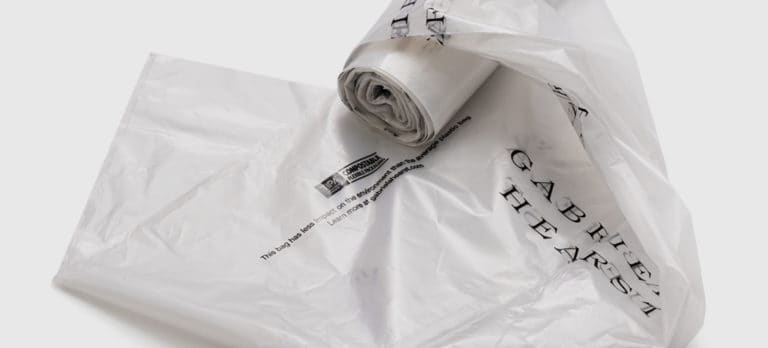
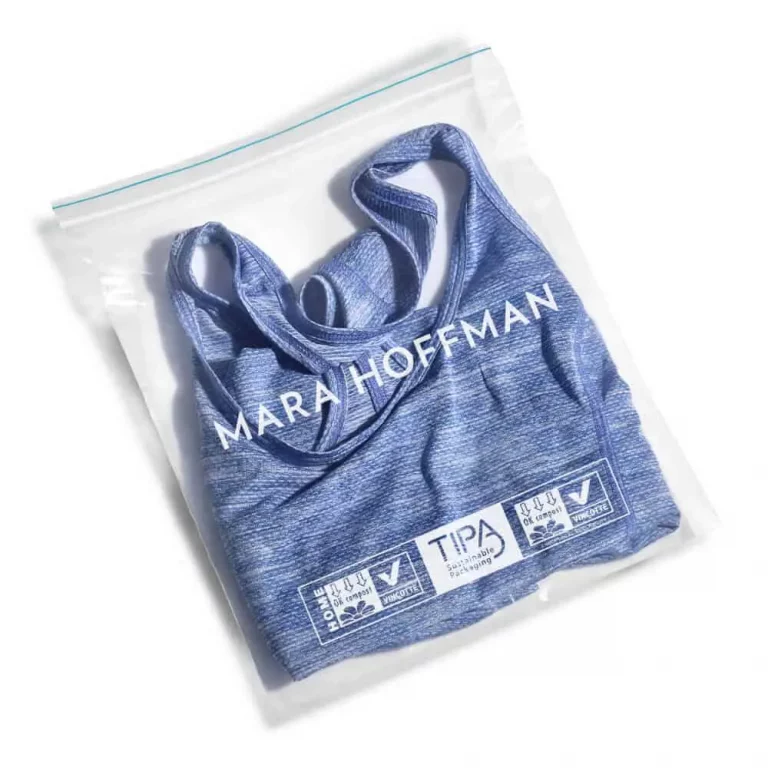
Mara Hoffman is another socially conscious designer who is trying to bring more sustainability into the fashion scene. In 2015 she embraced the sustainability ethos and has since made tremendous progress as an environmentally conscious brand.
Mara Hoffman uses a high amount of eco-friendly materials, including recycled, natural and organic fibers; no furs, feathers, or leather. She also limits the amount of water and chemicals used in the production process.
Her brand is also challenging the way the garments are typically sold and delivered to customers: Mara Hoffman has switched to direct-to-consumer model, and her products are being delivered in TIPA’s compostable packaging. Both the garments and the packaging can be brought back to ensure sustainable end-of-life.
High-fashion brands are not the only ones striving to be sustainable. A young Portuguese fashion brand ISTO manufactures affordable luxury essentials that are produced from sustainable organic materials. The brand manufactures locally to reduce its carbon footprint and limits the amount of chemicals, water and wastewater used in their production.
ISTO does not release seasonal collections but opts to focus on a single permanent collection line – quality apparel that is designed to last. The brand is transparent regarding its production locations and costs: the company’s website offers cost transparency of each manufacturing component, from buttons to labor and even transport.
The Power Is in Your Hands
It is often the environmentally conscious consumers that demand more accountability from fashion brands, encouraging them to adopt a more sustainable ethos to go towards green fashion. This trend became especially visible during the Covid-19 crisis, with two thirds of the surveyed European consumers stating that it has become increasingly important for them to minimize the impacts on climate change. Furthermore, more than half of them made significant changes to their lifestyles, becoming more environmentally friendly.
Fashion brands who cater to a growing number of eco-friendly clients are undergoing transition as well. While many are genuinely aiming to become more sustainable, others may try to seem greener by presenting partial information and using buzzwords such as “eco-friendly”, or “sustainably-made”, without backing them with numbers or facts. This well-known phenomenon is called greenwashing.
There are lots of ways to track the actual environmental progress of your beloved brands, from checking international standards and certifications, to third party evaluations, such as the Fashion Transparency Index or Good on You eco rating. And yet, even brands that receive high ratings and sustainability awards, such as Mara Hoffman, tend to acknowledge that the road towards sustainability is long.
There is always room for improvements by adopting cruelty-free and environmentally friendly materials, switching to compostable packaging, auditing the supply chain to ensure there is no labor abuse, and simply producing less. While full sustainability may seem an unreachable goal at first, small steps can and will lead us there. As consumers, we should be supportive of brands that are transparent about their current labor practices and future sustainable goals. In fast fashion, transparency is often the first step towards sustainability.
Edited by Taly Haimov
TIPA’s compostable pre-made packaging is now available in a stock offering for low quantities. Order your compostable packaging now!









